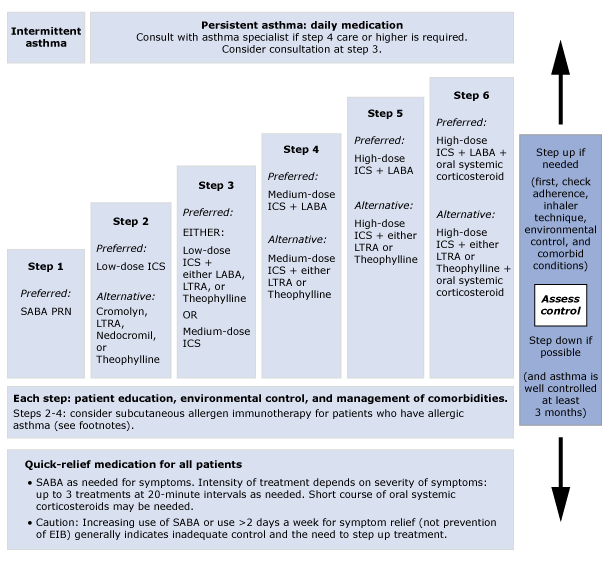Impact of Asthma on Burden of Allergic Rhinitis in Children

In a significant survey conducted between January and April 2023, researchers revealed the considerable burden experienced by children suffering from moderate-to-severe perennial allergic rhinitis (AR), particularly those with accompanying asthma. The study, which involved 877 caregivers of children aged 11.6 years on average across Canada, Denmark, and the United Kingdom, highlighted the heightened healthcare needs and medication usage among children facing both conditions.
The findings indicated that children with both AR and asthma not only require more frequent medical attention but also experience a higher incidence of comorbidities and allergies. Specifically, 55% of children with asthma had three or more comorbidities, compared to only 13% of those without asthma. Furthermore, the survey found that children with asthma missed an average of 7.2 school hours per month due to their conditions, while only 4.6 hours were missed by those without asthma. Caregivers of children with combined conditions also reported taking more time off work, with 46% having done so in the past year, as opposed to 24% of caregivers for children without asthma.
Mercedes Romano Rodriguez, MSc, a researcher affiliated with ALK-Abelló in Hørsholm, Denmark, underscored the pressing need for effective long-term treatments to manage symptoms in children suffering from both AR and asthma. According to Rodriguez, “Effective allergy medication has the potential not only to improve the health and well-being of the affected children but also to alleviate the broader negative societal and familial impacts associated with the conditions.” The study, published in the Journal of Allergy and Clinical Immunology: Global on July 1, 2023, emphasizes the necessity for targeted treatment strategies to address the dual burden of these allergic conditions.
The research methodology involved an online survey targeting caregivers of children diagnosed with moderate-to-severe perennial AR. The study revealed that the most common allergen identified was house dust mites, which were prevalent in the majority of participants. The implications of these findings are substantial, as they indicate a critical need for healthcare policies that prioritize integrated management approaches for children suffering from allergic conditions, particularly in the context of rising asthma rates globally.
Despite the study's robust findings, limitations were acknowledged by the authors. They noted that the survey participants might not accurately represent the broader patient population and highlighted the potential influence of the COVID-19 pandemic on the perceived burden of AR and asthma. The research was supported by ALK-Abelló, a pharmaceutical company specializing in immunotherapy for allergies, which raised potential conflicts of interest due to the involvement of company employees among the authors.
In conclusion, the findings of this survey point to a pressing need for healthcare systems to develop and implement comprehensive treatment strategies for children with allergic rhinitis and asthma. As the prevalence of these conditions continues to rise, addressing the dual burden will not only enhance the quality of life for affected children but also reduce the economic and social impacts on families and society at large.
Advertisement
Tags
Advertisement





